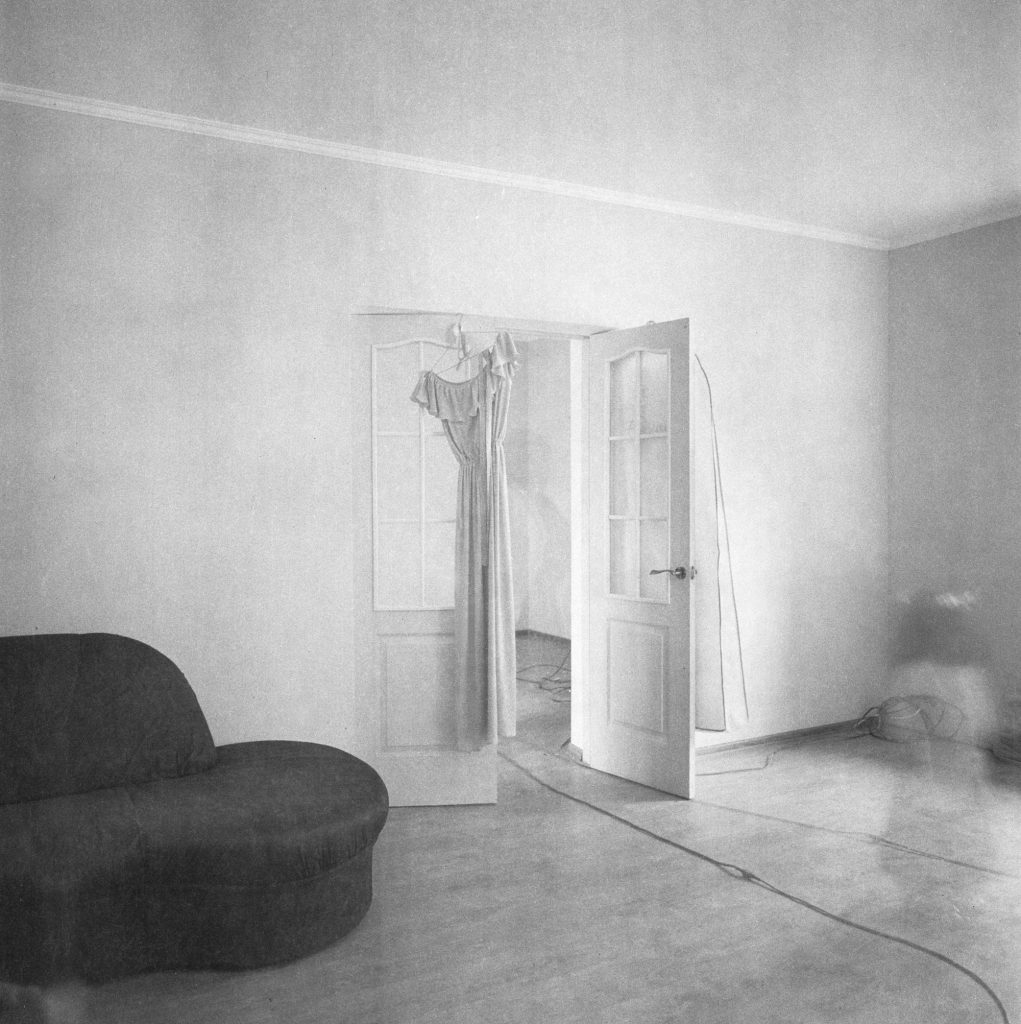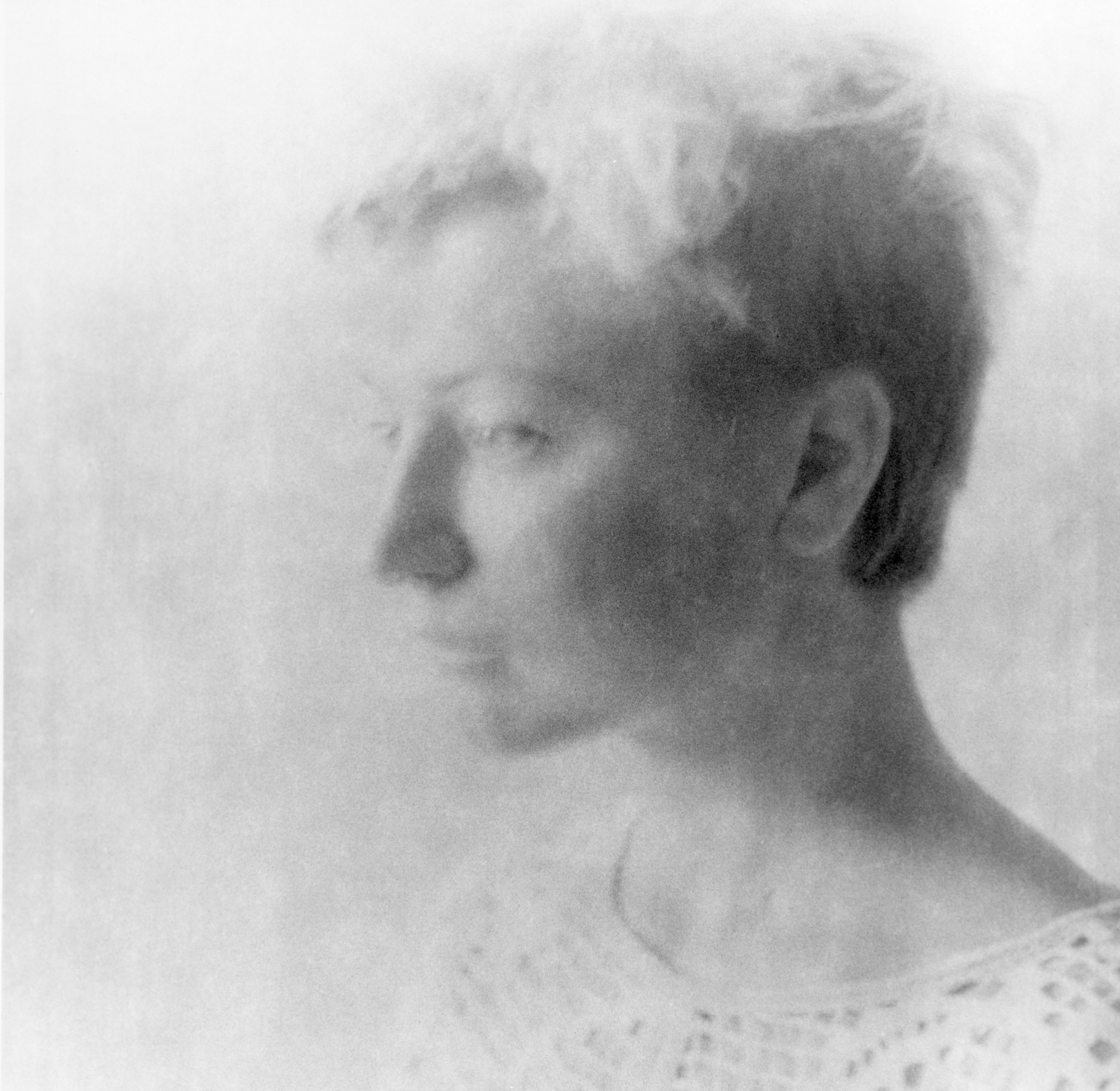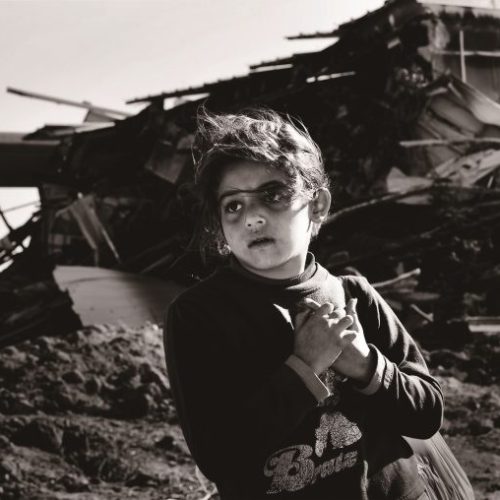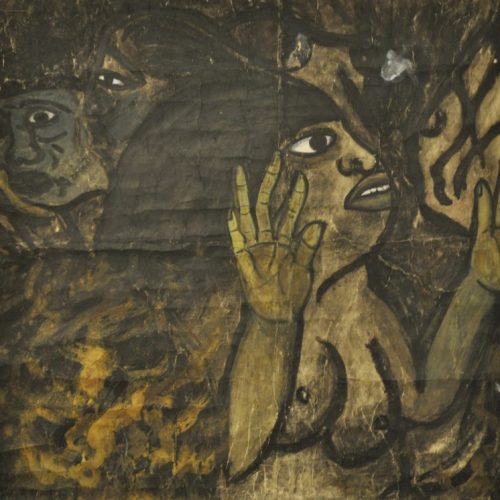ExhibitionFinished
Date : Oct. 25 - Nov. 15, 2018
Obara Kazuma Photo Exhibition Exposure/ Everlasting

Introduction
I began covering the Great East Japan Earthquake in March 2011. Meeting workers of the Fukushima Daiichi Nuclear Power Plant eventually led to entering the plant as a worker myself to take photographs. The photos quickly spread in the Western media as “the first photos of a photojournalist who succeeded in infiltrating the inside of a nuclear power plant after the disaster.” That was my first assignment, and for a while afterward I documented the reality of the nuclear disaster, mainly for media outlets such as newspapers and magazines.
However, little by little I realized the limitations of my methodology of trying to capture reality. The photographs I took were always of the present, of a physically accessible point in time, and they could not function in any way to address possible future problems that we were unable to ‘see’ for ourselves, such as the long-term effects of radiation exposure. I sought a photographic expression that would allow me to develop and decipher the present, affected by the past, and the future that lies beyond it; a photographic expression that would break through limitations of time and space, biases and prejudices, and evoke constructive thought.

Exposure – Non-visible Disabilities
During my first visit to Kiev in March 2015, through a chance encounter with Maria, a Ukrainian woman who would turn 30 the following year, I learned about the non-visible effects of radiation exposure that people were still facing, 30 years after the Chernobyl Nuclear Power Plant disaster.
Exposed to radiation in her mother’s womb, her condition was originally misdiagnosed as a mental illness for many years, and later on at the age of 19, she was diagnosed with chronic thyroiditis (Hashimoto’s disease). She later had her thyroid removed at the age of 23, and continues to take 10 to 20 pills a day to balance her hormones.
For as long as she lives, she will need to rely on these medications. However, she still cannot live her life just as a healthy person would. She suffers from a non-visible disability in an environment where people do not understand what she is going through.
What is it that we see, and what is it that we are not able to see? I tried to express the invisible aftereffects of Chernobyl, using medium format film that was exposed to radiation after the disaster, which I obtained by chance.
Meanwhile, the media coverage surrounding Chernobyl has gradually transformed over the past 30 years. Starting with the 2007 worldwide success of the RPG game S.T.A.L.K.E.R., in which players kill mutants created by the Chernobyl disaster, the Ukrainian government opened the nuclear disaster Exclusion Zone to general tourists in 2011.
Since then, 10,000 tourists every year participate in tours around Pripyat, the area adjacent to Chernobyl that is now abandoned, and selfies taken with the ruins in the background are spread worldwide through social networking sites. 2013 saw the Hollywood production of a horror movie called Chernobyl Diaries. While the aftereffects of the disaster that people like Maria face are becoming less visible, Chernobyl is being simplified for consumption as entertainment for the masses.

Everlasting – A town born from the disaster, the daily life there, and the repetition of life and death.
After starting my portrait project of workers at the Fukushima Daiichi Nuclear Power Plant in 2011, my primary motivation for visiting Chernobyl was to learn about workers 30 years after the disaster. The new town of Slavčić, built by the Soviet government the year after the disaster, became the new residential area for the workers who were evacuated from Pripyat, the town adjacent to the plant.
The railroad, also built after the disaster, connects the new town to the nuclear power plant, and even now the same trains are still being used by commuters. The work, which still has no foreseeable end, is being passed down from one generation to another; from parents to children, and onto their children, almost like a family business.
I met one young couple and documented their lives for two years. They were colleagues from the nuclear power plant that fell in love, got married, and had a baby. A declining Ukrainian state, a town whose main industry is ‘ending’ the disaster, and a new life that is born there.
What does it mean to ‘end’ this disaster? Who is responsible for it? Through the commute of the workers and their daily lives, we think about the work that mankind will have to face in the future to put these disasters to rest.

Obara Kazuma
Born in 1985 in Iwate Prefecture. Photographer and journalist based in Japan. Obara focuses on the marginalized people of society and uses unique methods of expression. He holds an M.F.A. in Photojournalism/Documentary Photography from the University of the Arts London. Immediately after the Great East Japan Earthquake in 2011, he left his job at a financial institution and began photographing the region he is from, Tohoku. In August of the same year, he became the first photojournalist to photograph the inside of the Fukushima Daiichi Nuclear Power Plant, and his work was published in media outlets around the world. In March 2012, Lars Muller Publishers of Switzerland published Reset Beyond Fukushima, a collection of portraits and interviews of the Great East Japan Earthquake and Fukushima Daiichi Nuclear Power Plant workers.
In 2014, Obara published Silent Histories, a postwar portrait of Japanese children who suffered disabilities during the Pacific War. The handmade photo book was submitted to the Supreme Court as a reference document to convey the pain of the victims who filed lawsuits for not receiving any compensation from the government. Only 45 handmade copies of the book were produced, but it was selected as Best Book 2014 by various media outlets, including The Paris Photo–Aperture Foundation PhotoBook Awards, Time (USA), and the Telegraph (UK). It was then published by Editorial RM (Spain) and was selected as Best Photo Book 2015, starting with the Rencontres d’Arles.
In 2015, Obara moved to London to work on Exposure, a project focusing on the Chernobyl Nuclear Power Plant disaster. The project, which uses medium format film that was exposed to radiation, depicts the non-visible disabilities that may be difficult for healthy people to imagine. Exposure won first prize in the “People” category of the World Press Photo Awards and has been exhibited in 45 countries around the world. Obara has also received numerous international awards, including the Magnum Graduate Award, and has exhibited at photo festivals throughout Europe.
In 2016, Obara received support from a French photography festival to work on a project about Japanese fishermen who were victims of the Bikini Atoll hydrogen bomb tests. This project was exhibitedat Festival Photo Reporter in Brittany that year.
Obara is currently working on a long-term personal project, looking at nuclear weapons, war, and conflict from a historical perspective, as well as writing a book titled Art Journalism for WIRED JAPAN, and will begin a new column in Kodansha Courrier Japon in February 2018.
Obara’s photographs have been published in various magazines, newspapers, and TV programs in Europe, including the Guardian (UK), ZEIT (Germany), El Mund (Spain), Le Point (France), BBC (UK), and Lens Culture (Netherlands). He also holds workshops in and outside of Japan, as well as various lectures.


